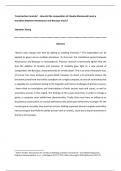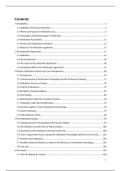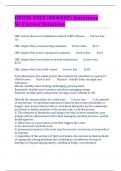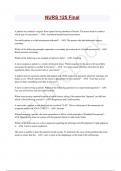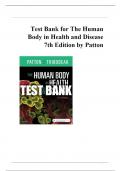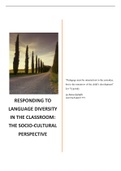‘Construc*ve Curiosity’ - How did the composi*on of Claudio Monteverdi mark a
transi*on between Renaissance and Baroque music?
Sebas*an Young
Abstract
“Genres may change over 0me by adding or omi4ng elements.”1 This explana,on can be
applied to genre across mul,ple disciplines. To that end, the transi,onal period between
Renaissance and Baroque is unexcep,onal. Previous research unanimously agrees that the
that the addi,on of tonality and omission of modality gave light to a new period of
composi,on: the Baroque, characterised by its ‘ornate detail.’ This is an area of literature that,
of course, this essay analyses in great detail; however, its intent is to primarily analyse the
transi,on purely from the holis,c standpoint of a single composer, an area of scholarship that
is arguably less scru,nized. Owing to the linguis,c and historic challenges of primary sources,
I have relied on transla,ons and transcrip,ons of both ancient texts and scores, as well as
secondary sources in this regard. The findings of this essay show that, in order to change a
genre, a composer must exhibit two characteris,cs. Firstly, they must have an influence on
the physical construc,on on musical elements to the point upon which they no longer ‘fit’ the
current genre; secondly, they must be curious: holding a genuine desire to explore and u,lise
new techniques that hold the ability to bear forth an ar,s,c, social and cultural movement in
the form of transi,on.
1
Torben Grodal, ‘How Genres Are a Product of Biology, Evolu=on and Culture—an Embodied Approach,’
Palgrave Communica0ons 3, no. 1 (16 August 2017): 17079, hOps://doi.org/10.1057/palcomms.2017.79.
, Contents
Sec*on Pages
Abstract 1
Introduc,on 3-4
Part 1: Monteverdi as a construc,ve genius: A 5-16
transi,on from ancient modality to common
prac,ce tonality 16-18
Context: A biographical overview of 17-19
Monteverdi
Part 2: Monteverdi through the Eyes of Artusi: 19-24
A Curious Master
Conclusion 24
Bibliography 25-26
1 of 26
, Introduc*on
Music of all genres and sub-genres can be reduced to formulae and equa0ons. At the same
0me, music’s effect on the listener evades the reduc0onist tools of mathema0cs and music
theory.2
When reading this, enroute to a University of Cambridge Music Faculty open day, I was
worried, to say the least. How an earth was I meant to say something suitably
‘Cantabridgian’ about this? Much to my relief, and surprise, the lecturer, Dr Mar,n Parker
Dixon opened by saying (and I quote): “what you have just read is complete and uEer
twaddle.” Startling and thought-provoking in equal measure, this was soon to become the
star,ng point for the research and structuring of this essay.
Firstly, the idea that music can be ‘reduced to formulae and equa0ons’ was universally
agreed to be a myth - something which I quickly subscribed to; however, I also (somewhat
sheepishly) recognised what was trying to be communicated. At its core, music is sound.
Whilst it cannot be categorised by mathema,cal equa,on alone, the specific organisa,on,
construc,on and u,lisa,on of sound is what gives music and, more specifically, a musical
genre, its recognisable characteris,cs. This was quickly to form the first part of the essay:
construc,on. How can a composer physically change the fundamental elements of sound to
the point that they no longer ‘fit’ into the exis,ng genre? The scholarship of Monteverdi
largely agrees that he did this through his use of tonality. ‘Renaissance’ music can largely be
defined by its reliance on a modal system. Monteverdi’s increasing use of tonal features had,
therefore, a transforma,ve effect, changing the soundscape of music and thus encouraging
a new genre to accommodate this: The Baroque.
The second part of the conversa,on that intrigued me was the curiosity in thought. This was
something that Dr Parker Dixon ac,vely encouraged, and, on reflec,on, I can fully
understand why. To stop, think and cri,cally analyse the smallest of details is an essen,al
2
Jonathan L. Friedmann, Musical Aesthe0cs: An Introduc0on to Concepts, Theories, and Func0ons (Newcastle
upon Tyne: Cambridge Scholars Publishing, 2018).
2 of 26

